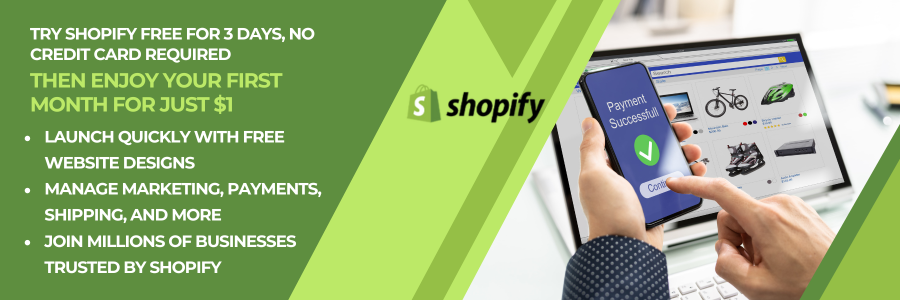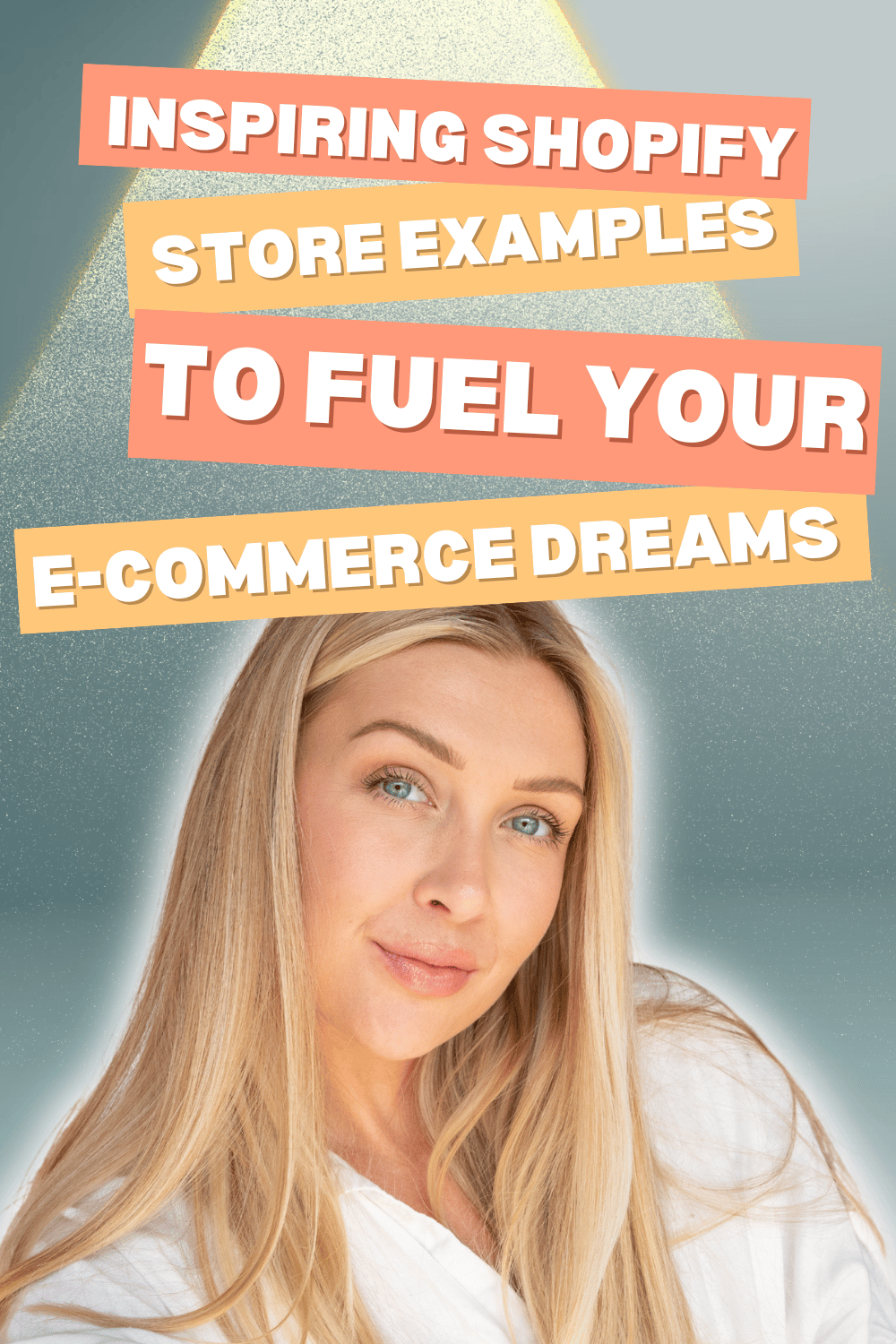As an e-commerce entrepreneur, I’m always on the lookout for inspiration to elevate my online store. Shopify has become a powerhouse platform, hosting over 500,000 active stores and commanding 31% of the e-commerce market share. This vast ecosystem offers a treasure trove of design ideas and business strategies to learn from.

The best Shopify stores share key elements: great product-market fit, a beautiful and recognizable brand, and an easy-to-navigate website. By studying successful examples, we can glean insights to apply to our own ventures. From eye-catching layouts to innovative product displays, these stores showcase the platform’s versatility and potential.
In this post, I’ll explore some of the most inspiring Shopify stores across various industries. We’ll examine what makes them stand out and how you can incorporate similar elements into your own e-commerce site. Whether you’re just starting out or looking to refresh your existing store, these examples will spark your creativity and help you take your online business to the next level.
Essential Features of Successful Shopify Stores
Successful Shopify stores share key elements that enhance user experience and drive conversions. These features prioritize accessibility, visual appeal, and streamlined purchasing processes.
Mobile Responsiveness and User-Friendly Design
I’ve observed that top-performing Shopify stores always prioritize mobile responsiveness. Ivory & Deene exemplifies this with its elegant, white-themed design that adapts seamlessly to different screen sizes. A user-friendly interface is crucial, allowing customers to navigate effortlessly on any device.
I recommend implementing intuitive menus and search functions. Quick load times are essential, as even a one-second delay can significantly impact conversion rates. I suggest optimizing images and minimizing unnecessary scripts to improve site speed.
Effective use of white space and clear typography enhance readability. I’ve noticed successful stores often use consistent branding elements across all pages, creating a cohesive and memorable shopping experience.
High-Quality Product Images and Descriptions
I’ve found that compelling product photography is a hallmark of top Shopify stores. High-resolution images showcasing products from multiple angles help customers make informed decisions. I recommend including zoom functionality for detailed views.
Product descriptions should be concise yet informative. I suggest highlighting key features, materials, and dimensions. Incorporating customer reviews can boost credibility and provide social proof.
Video content can be highly effective. I’ve seen stores use short product demos or 360-degree views to give customers a better sense of the item. This approach can significantly reduce return rates and increase customer satisfaction.
Clear Call-to-Action and Easy Checkout Process
I’ve noticed successful Shopify stores always feature prominent, clear calls-to-action (CTAs). Bold, contrasting buttons guiding users to “Add to Cart” or “Buy Now” can significantly improve conversion rates.
The checkout process should be streamlined and intuitive. I recommend offering guest checkout options to reduce friction. Displaying security badges and accepted payment methods can alleviate concerns and build trust.
I’ve observed that top stores often implement progress indicators during checkout. This helps customers understand where they are in the process and how many steps remain. Offering multiple payment options, including popular digital wallets, can cater to various customer preferences and increase conversions.
Marketing Strategies That Boosted Sales

Successful Shopify stores employ diverse marketing tactics to drive growth. These strategies focus on engaging customers across different channels and optimizing visibility.
Innovative Social Media Campaigns
I’ve observed that social proof strengthens brands on social media platforms. User-generated content campaigns encourage customers to share photos with branded hashtags, increasing visibility and trust.
Influencer partnerships also prove effective. By collaborating with niche micro-influencers, stores tap into engaged audiences and gain authentic endorsements.
Interactive contests and giveaways boost engagement. I’ve seen stores use Instagram Story polls or TikTok challenges to create buzz and collect user data for retargeting.
Live shopping events on Facebook or Instagram blend entertainment with direct sales opportunities. These events create urgency and allow real-time interaction with potential customers.
Effective Email Marketing Techniques
Customer loyalty programs integrated with email marketing drive repeat purchases. I recommend segmenting subscribers based on purchase history and sending personalized product recommendations.
Abandoned cart email sequences recover lost sales. A series of 3-4 emails with increasing urgency and potential discounts can bring customers back to complete their purchase.
Lifecycle emails nurture long-term relationships. Welcome series, post-purchase follow-ups, and anniversary emails keep brands top-of-mind and encourage repeat business.
A/B testing subject lines, send times, and content improves open rates and conversions. I always test multiple variants to optimize email performance.
Search Engine Optimization Best Practices
Organic visibility in Google starts with thorough keyword research. I focus on long-tail keywords relevant to specific products and target audience needs.
Optimizing product descriptions with natural keyword placement improves search rankings. I ensure each product has unique, detailed content addressing customer pain points.
Creating informative blog content establishes authority and targets informational queries. How-to guides, product comparisons, and industry news attract potential customers earlier in their buying journey.
Technical SEO factors like site speed, mobile-friendliness, and proper URL structure are crucial. I use Shopify apps to compress images, leverage browser caching, and implement schema markup for rich snippets in search results.
Case Studies of Thriving Shopify Stores
Shopify has empowered countless entrepreneurs to build successful online businesses. I’ve analyzed several standout stores across different niches that have achieved remarkable growth using the platform.
Fashion and Apparel Leaders
Aje saw a 135% increase in conversion rates within weeks of switching to Shopify Plus. This Australian fashion brand leveraged Shopify’s features to create a seamless shopping experience.
United By Blue, an eco-friendly apparel company, has built a loyal customer base through Shopify. Their site showcases high-quality product photography and emphasizes their mission-driven approach.
Gresham Blake, a UK-based tailor, migrated to Shopify Plus in just two weeks, reducing their implementation time by 98%. This quick transition allowed them to focus on growing their business rather than managing technical issues.
Health and Beauty Trendsetters
Kylie Cosmetics, founded by Kylie Jenner, famously crashed Shopify’s servers due to overwhelming demand during a product launch. The brand’s success on the platform demonstrates Shopify’s ability to handle high-traffic events.
Frank Body, an Australian skincare brand, used Shopify to expand globally. Their playful branding and user-generated content strategy have helped them stand out in a crowded market.
Beardbrand, a men’s grooming company, has leveraged Shopify’s blog feature to create valuable content for their audience. This content marketing approach has helped them build authority in their niche.
Home Goods and Decor Pioneers
Ivory & Deene, an elegant home decor store, uses Shopify to create an intuitive shopping experience. Their clean, white-focused design showcases products effectively.
Brooklinen, a direct-to-consumer bedding company, has grown rapidly on Shopify. They use customer reviews prominently to build trust and drive sales.
Florentine Kitchen Knives improved their checkout process speed by 50% after moving to Shopify. This enhancement has contributed to higher conversion rates and customer satisfaction.
Leveraging Customer Feedback to Grow Your Business
Customer feedback is a goldmine for improving your Shopify store. I’ve found that gathering and acting on customer opinions can significantly boost sales and loyalty.
Customer feedback loops are an excellent way to continuously enhance the shopping experience. They help identify pain points and areas for improvement in your store.
Here are key ways to leverage customer feedback:
- Showcase positive reviews
- Address negative feedback promptly
- Use insights to improve products
- Enhance website usability
- Refine customer service
I’ve seen that displaying positive reviews can boost sales by providing social proof. It’s crucial to respond to negative feedback as well, showing customers you value their input.
Customer suggestions often lead to product improvements or new offerings. I recommend analyzing feedback patterns to identify common issues or desires.
Website usability is another area where customer input proves invaluable. By listening to users, I’ve helped stores create more intuitive navigation and smoother checkout processes.
Lastly, customer feedback can highlight areas where your service team may need additional training or resources. This ensures a better overall experience for shoppers.








Comments (1320)